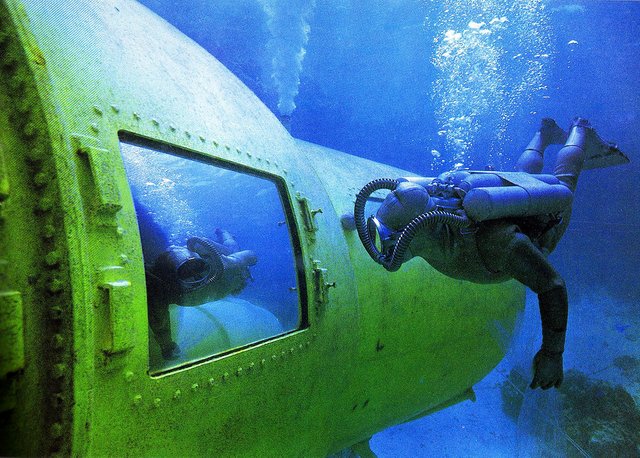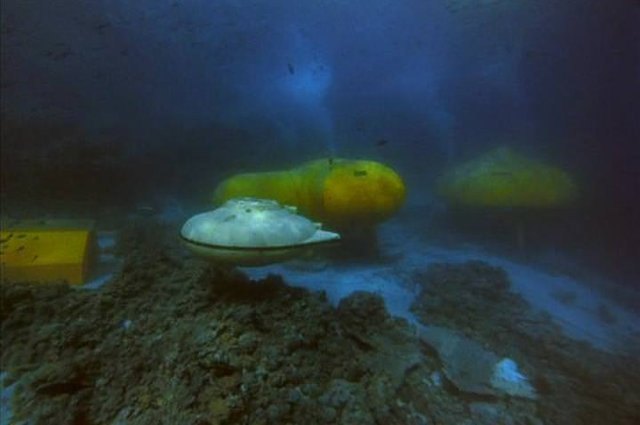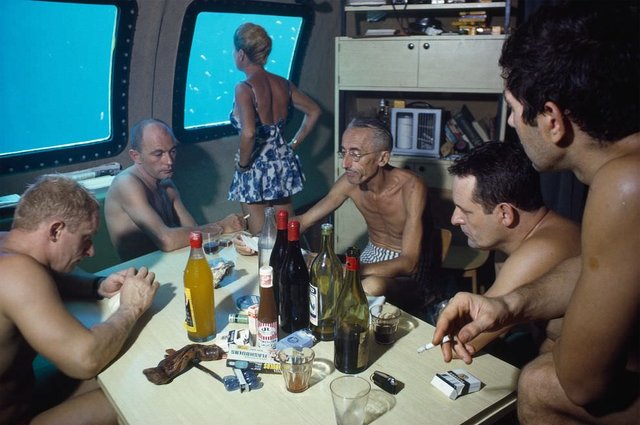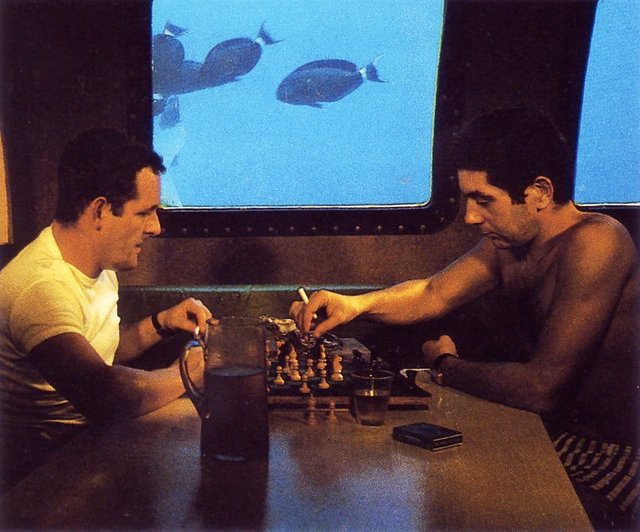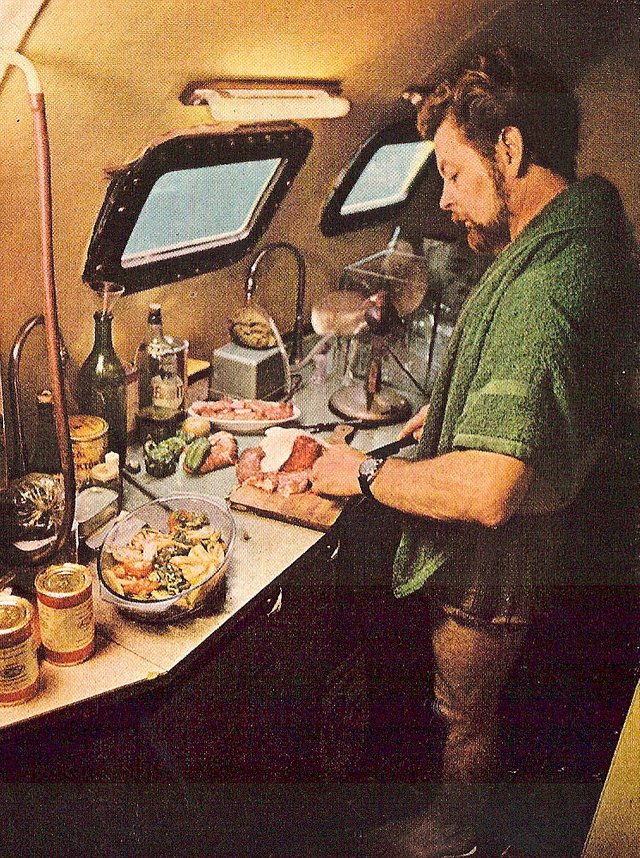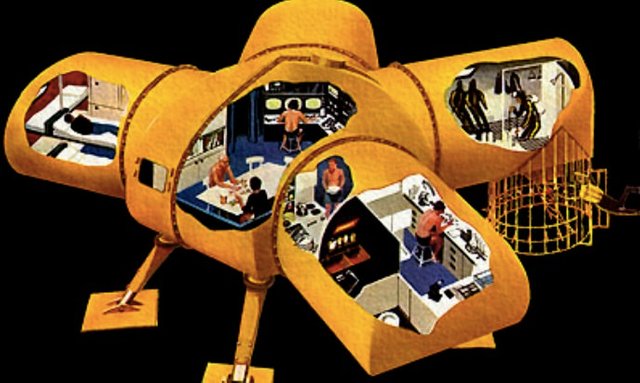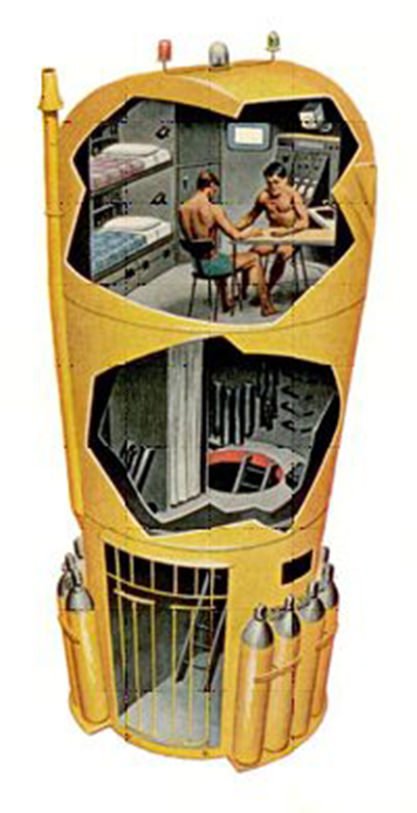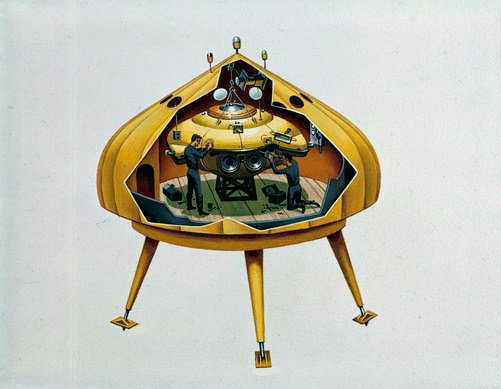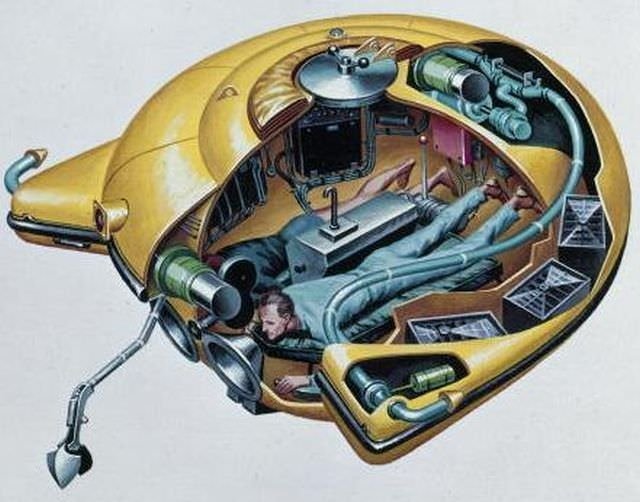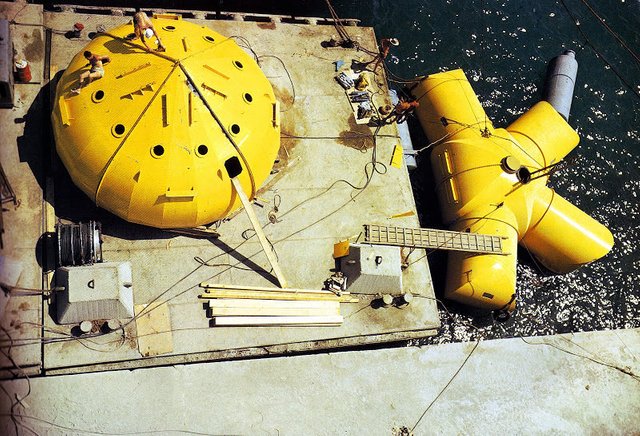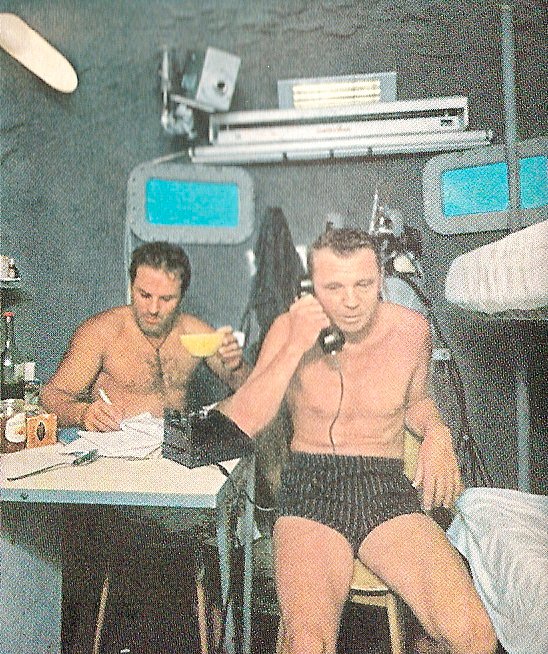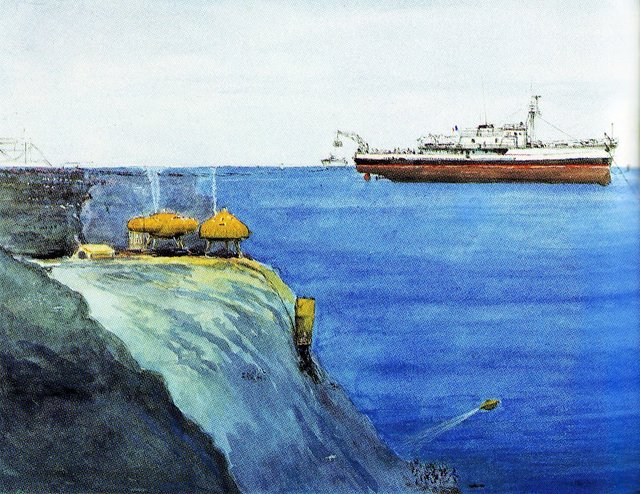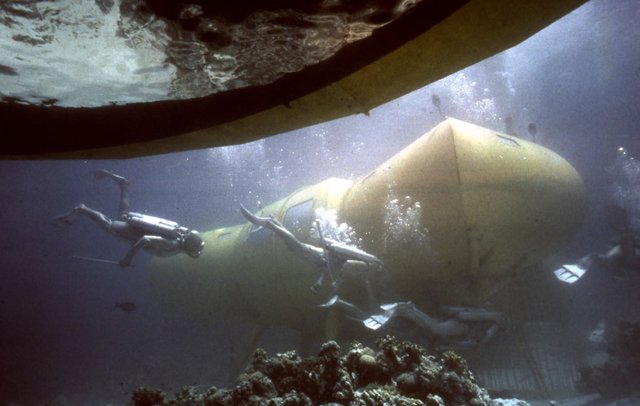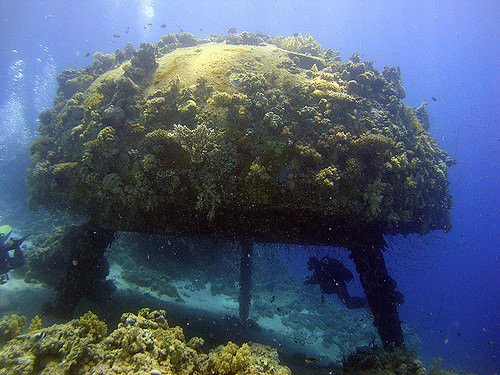Historical Underwater Habitat Showcase, Part 3: Continental Shelf Station Two (Patreon)
Content
I'm doing two this week because I've lost some Patrons, and I worry maybe I'm not engaging frequently enough. I'd rather only do one of these per week, spaced out between the videos, but let me know if more is better.
Last time I covered Jacques Cousteau's first underwater habitat project of the three, in total, he was able to secure funding for. Diogenes was austere to say the least, tiny, cramped and rudimentary. By comparison, Conshelf 2 was a quantum leap forward in every way.
Conshelf 2 consisted of not one, but three habitats positioned close to each other at Shaab Rumi, in the Red Sea of Israel. It was established in 1963 and remains one of the most grand and ambitious undersea living projects ever undertaken.
Costing 1.2 million dollars in 1963 money, the only way Cousteau could afford it was to sign a film contract. Thus, "World Without Sun" was filmed, a documentary about the establishment and occupation of the Conshelf 2 "underwater village".
Starfish House, the main lodge, supported six men at a depth of 33 feet for one month. Deep Cabin, positioned at a depth of 90 feet, housed two men for a one week visit. The purpose of Deep Cabin was mostly to test out mixed breathing gases which were a new development at the time.
The aquanauts had every amenity of a house on land. Hot showers, television, radio, even a tanning bed for ensuring they got the vitamin D needed to stave off depression. This later led to the use of full spectrum lighting aboard submarines. They even had a resident chef, which assuredly did much to improve morale.
The crew included Albert Falco, who if you'll recall also participated in Conshelf 1. Jacques' wife paid a visit to the habitat, as did a parrot that was used as the proverbial "canary in the coal mine" to detect potentially unsafe buildup of CO2. Below you can see cut-away diagrams of Starfish House, Deep Cabin, and the submersible hangar as well as the "Diving Saucer" submersible that it housed:
As you can see, where Hydrolab received a submersible via docking collar, Conshelf 2 instead had a dedicated structure with an open moon pool in the floor which the Diving Saucer could surface through. This provided a dry space into which the submersible could be fully raised, such that its oxygen and batteries could be refilled, and repairs could be effected if necessary.
Conshelf 2 was not a single habitat project then, but really multiple at once. Which as you might expect made it a logistical nightmare. Many things went wrong, mostly to do with helium from the heliox breathing mixture seeping out through the spots where cables passed through the hull. This caused Deep Cabin to flood a little bit, over and over, until the cause was discovered.
A lot of valuable science got done as well though, mostly to do with the effects of protracted underwater living on human biology. It was discovered that higher concentrations of oxygen in the air caused hair and fingernails to grow three times faster, and sleep became especially restful and regenerative. These findings led to the medical use of hyperbaric chambers in hospitals to accelerate healing.
Conshelf 2 had many "firsts". It proved the value of putting humans in the ocean for long term scientific observation. It demonstrated the utility of providing someplace already underwater from which to deploy and recover a deep diving submersible, avoiding the perils that come with doing so from an A-frame ship (especially in choppy surface conditions).
Perhaps the best way to communicate what a marvel Conshelf 2 was at the time (and today) is to simply direct your attention to Le Monde Sans Soleil, or "World Without Sun", the documentary Cousteau produced about the Conshelf 2 project:
https://www.youtube.com/watch?v=4mp0PA-O_4c
Today, sadly, all that remains of Conshelf 2 is the grown-over husk of the sub hangar. The rest, as is all too common, was hauled up out of the sea and sold for scrap. The hangar is accessible to scuba divers, but the windows have been smashed so as to flood it, lest anybody try to live inside it.
That's all for this time. Keep your eyes peeled for subsequent installments in this series! Be sure to comment as well, I appreciate feedback.
